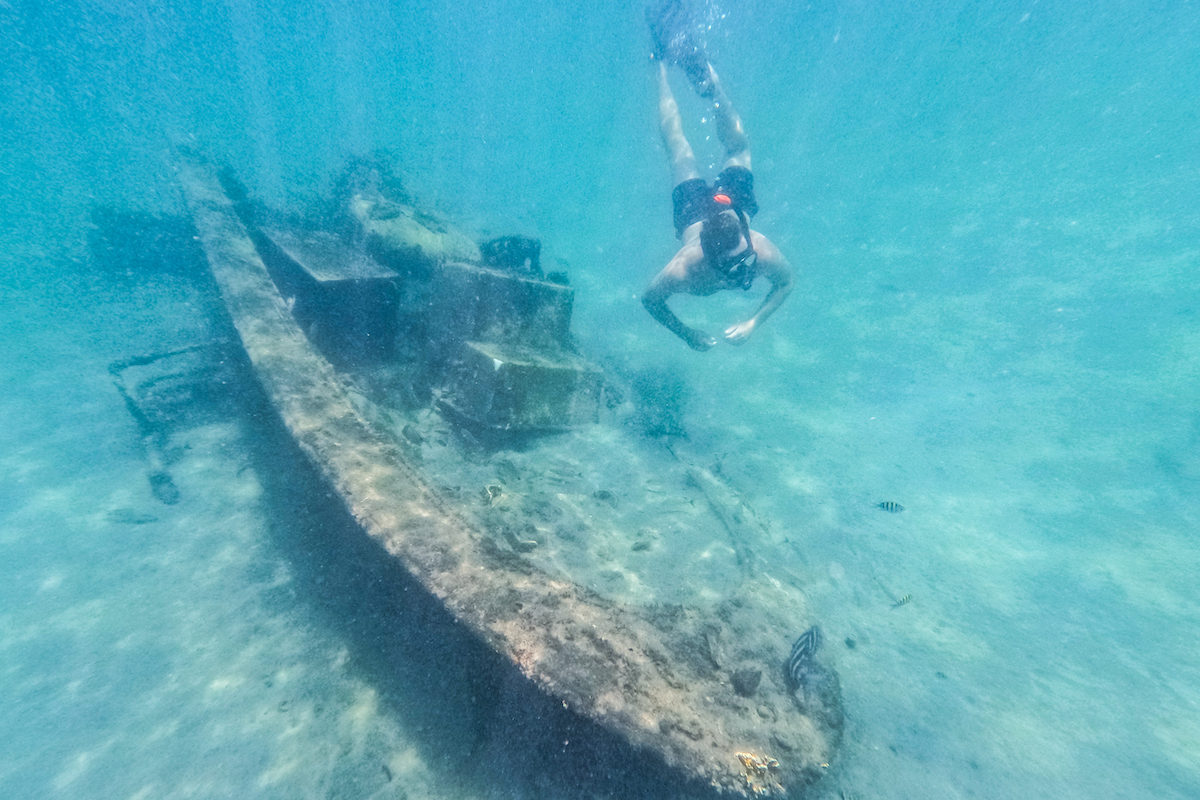
Florida is full of hidden gems and even after living here for almost 10 years now, I still come across things I’ve never heard of. While looking for things to do in Palm Beach County, I found the Blue Heron Bridge snorkeling trail at Phil Foster Park.
The snorkeling trail is 800 ft long and runs along the shore of Phil Foster Park. It’s comprised of artificial reef modules and boulders, of which 600 tons of rock were used in building the reef. The depth of the trail ranges from 10-20 ft deep for both snorkelers and divers to explore.
There’s great snorkeling places all over South Florida but I didn’t know there was a dedicated underwater trail not far from where we live. And since the summers in Florida are blazing hot, it seemed like the perfect weekend activity to do.
Where to Go
The Blue Heron Bridge snorkeling trail is located in Riviera Beach which is about 15 minutes north of West Palm Beach. The bridge takes you over Phil Foster Park which is a beach park off the side of the road. There’s an exit just off the bridge before reaching Singer Island with a large parking lot and a few facilities.
You’ll want to get there early if you want a parking spot because it can get very busy! If there isn’t any parking available in the lot, you can continue on over the bridge and park within the lots off the shopping streets. The lot was closed off when we went so we parked in a space off the main street. It’s about a 5-10 minute walk from there.
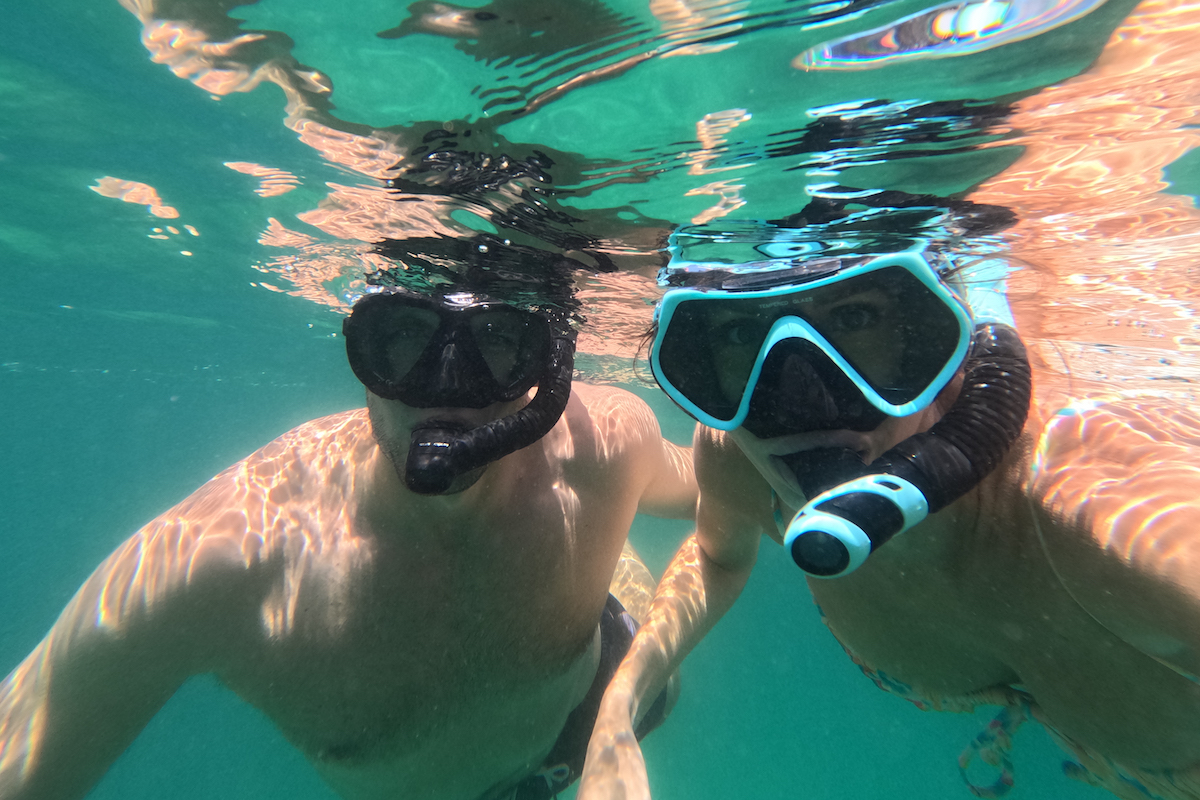
Phil Foster Park
Phil Foster Park is a 14.65 acre island off of Blue Heron Boulevard. On the south side of the road is where you’ll find the beach and swimming area which has a lifeguard on duty. The snorkeling trail runs along the width of the beach and there are two dive entries on either side.
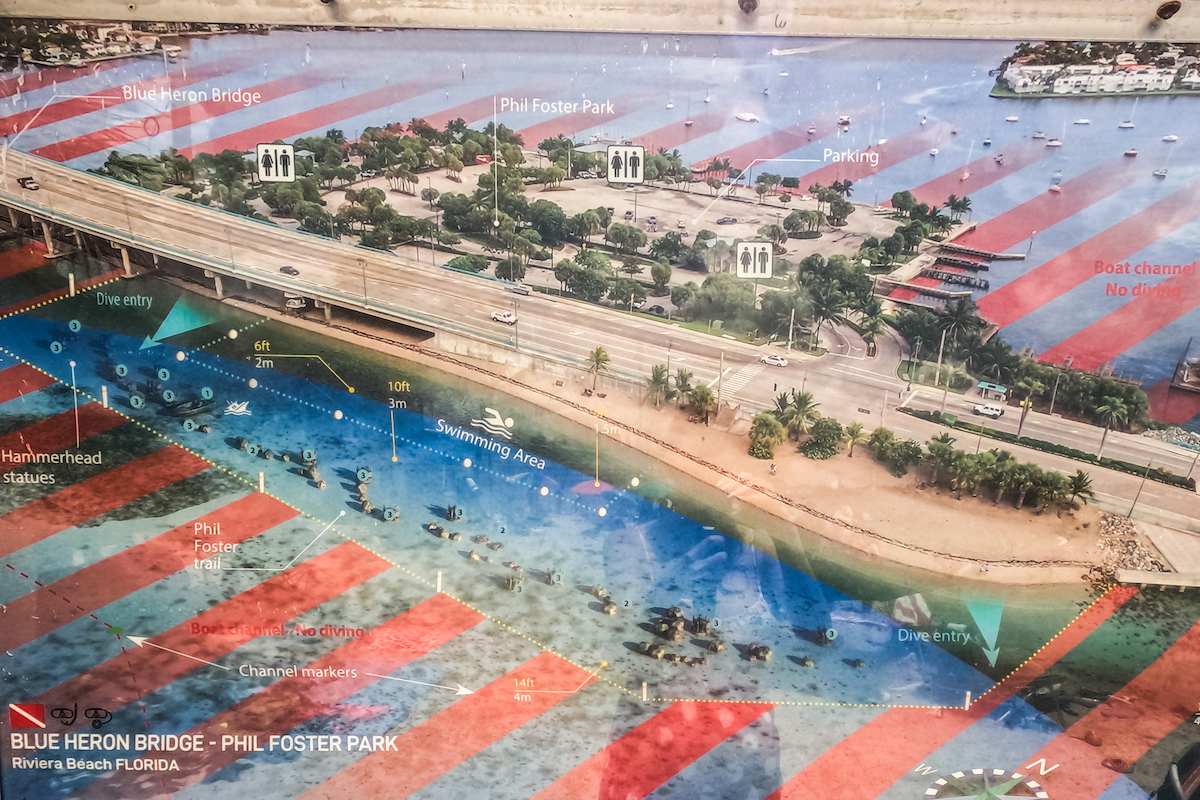
On the north side of the road is where you’ll find the large parking lot and some of the facilities. There are three restrooms located around the parking area as well as an outdoor center/dive shop with kayak and SUP rentals.
Other Facilities: boat ramp and dock, picnic area with grills, picnic shelters, covered playground, restrooms, outdoor showers, and a fishing pier.
Phil Foster Park Hours: Sunrise to sunset

As the parking lot can fill up early, so can the beach. It’s a fun thing to do in South Florida and there were quite a few people here when we went on a Saturday. So if you’re wanting to have a spot to lay out for the day, expect to be pretty close to others.
Blue Heron Bridge Snorkeling Trail
There’s a designated swimming area in front of the beach and the snorkeling trail is just beyond that. The best way to experience the trail is entering on one side of the beach and swimming along the trail to the other end.
It’s also helpful to go in the direction of the tide so you can float along with it down the trail. There are several points of interest along the trail, other than marine life. So keep your eyes open for the following:
Shopping Carts
Yep, there are a few shopping carts turned reefs at the west end of the trail. So why shopping carts? Evidently, some coral (and small fish) like them and they can act as a mini-wreck.
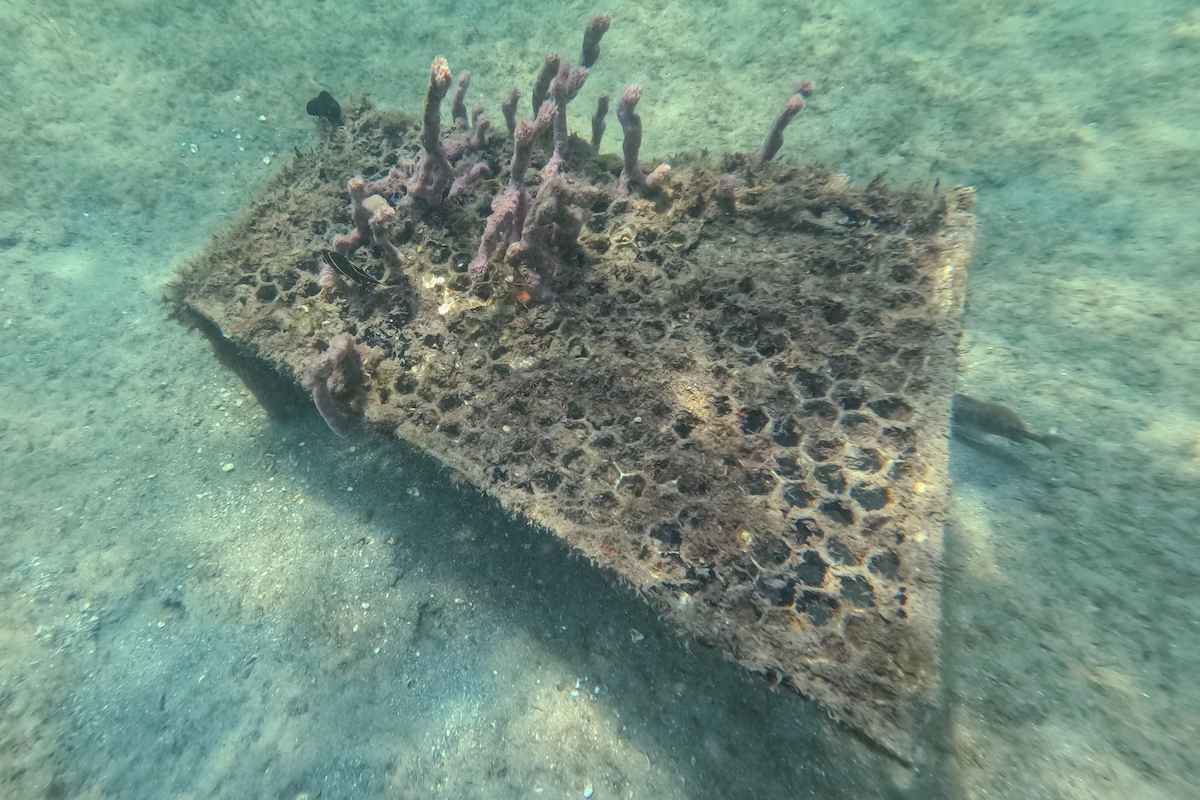
Shark Sculptures
I knew these were along the trail and yet once we were exploring underwater, I somehow missed them. But there are also three, small hammerhead shark sculptures along the west side of the trail.
Reef Modules
Moving along the trail, you’ll come across several reef modules of different sizes. They are also in different depths of water. Towards the west side they seemed to be shallower and as we moved towards the center, they got deeper and we came across more divers underneath us.

If you’re lucky, you’ll see some larger fish hanging around the reefs.
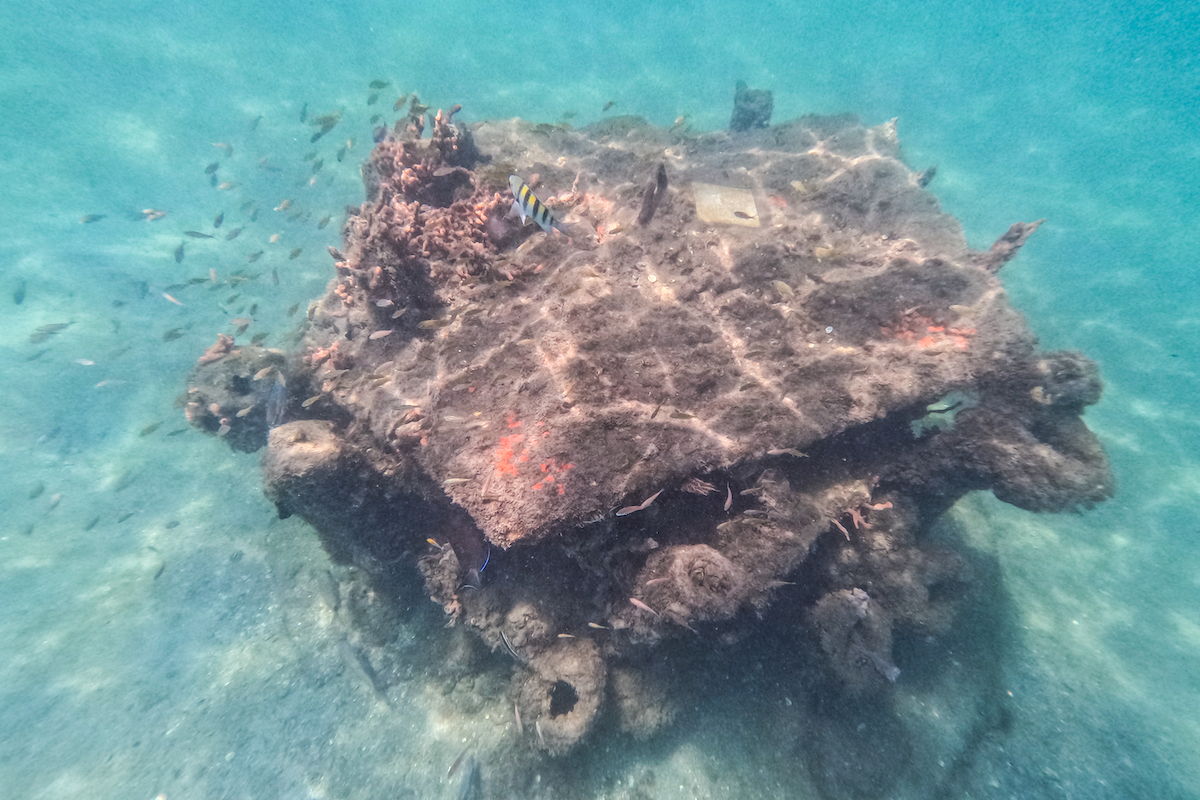
Sunken Vessels
There are a few sunken vessels around Blue Heron Bridge that you can snorkel over. There’s one towards the west side near the shopping carts and another on the east side once you get to the end. We saw several sheepshead fish swimming nearby the wrecks.
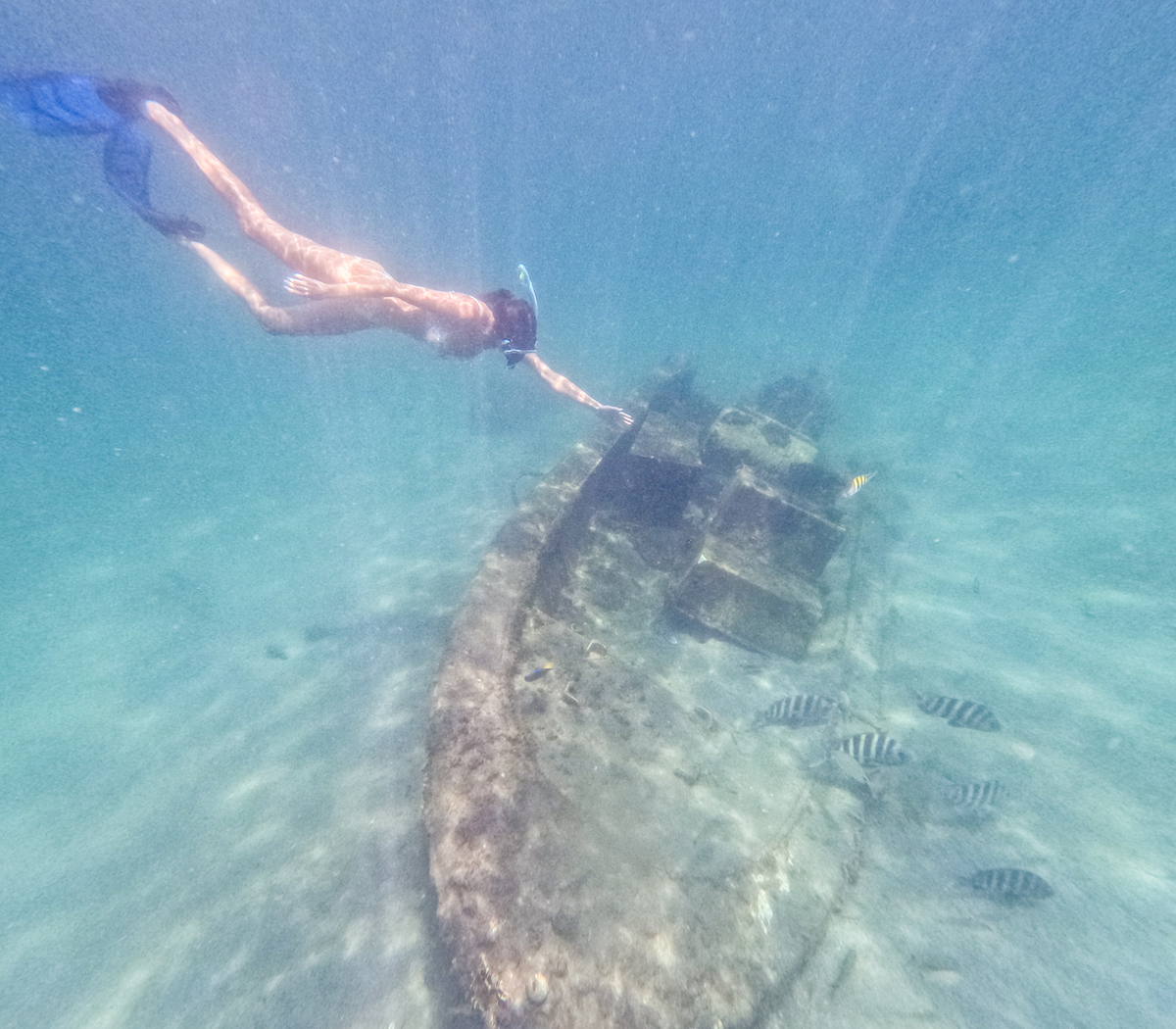
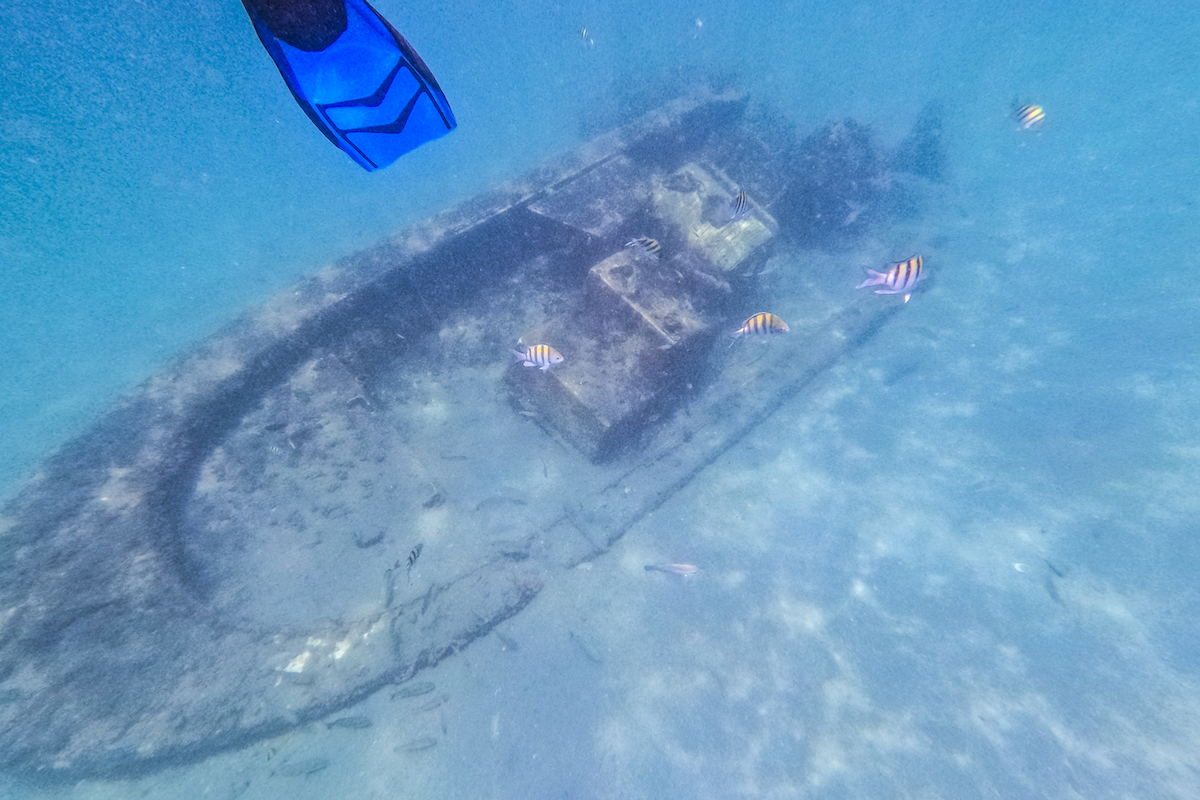
There are also some wrecks on the other side of Blue Heron Bridge near the boat launch. I’m not sure how deep those are and what the boat traffic is like. If you’re diving, it’s easier to check those out at well.
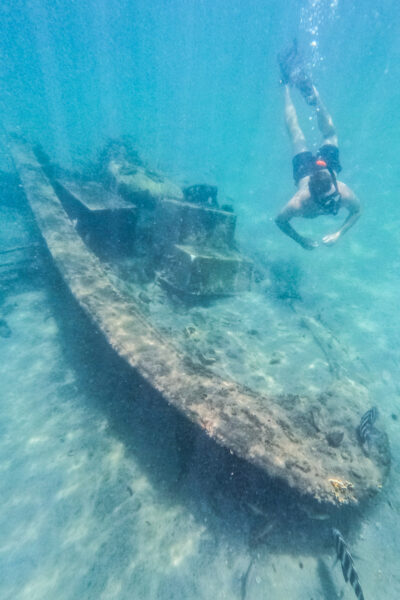
Marine Life
There’s a lot of different marine life you could potentially see in the area. Keep your eye out for spotted eagle rays, stingrays, starfish, seahorses and barracuda. Some other fish that you might possibly see are sheepshead, tarpon, spadefish, angelfish, spotted drum and many more.

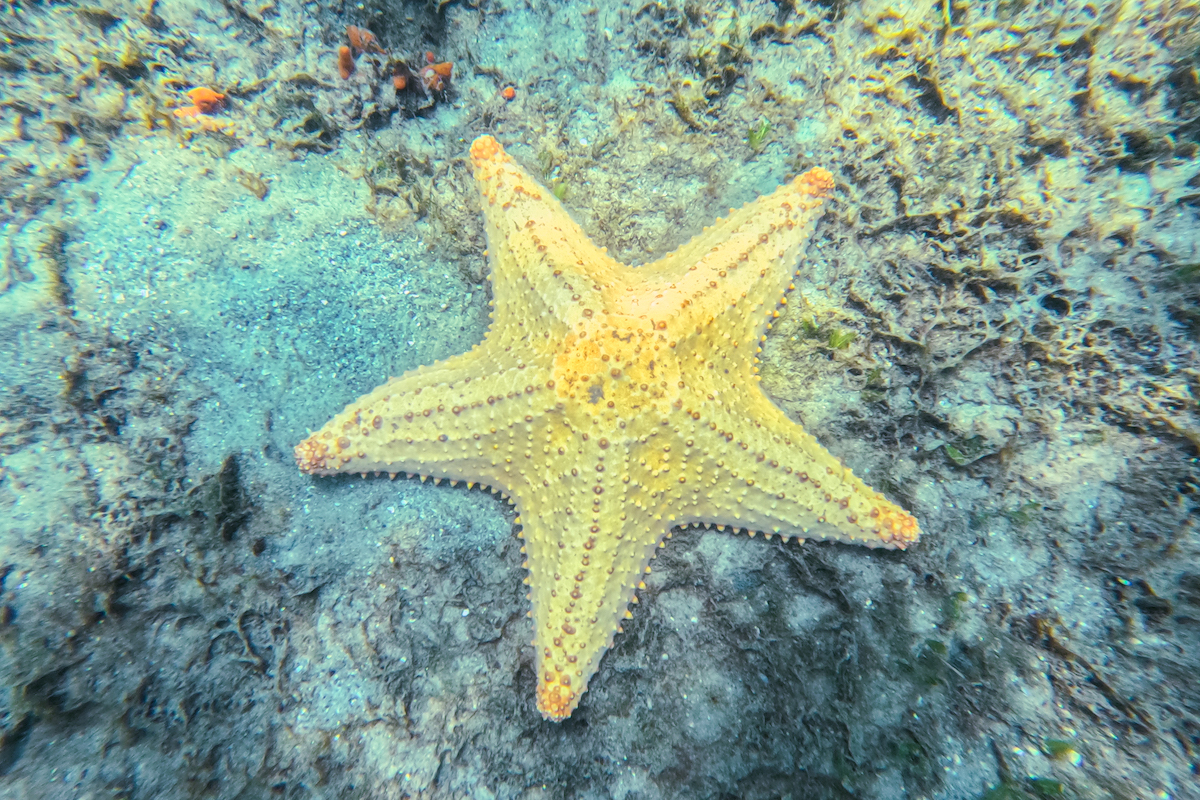
We didn’t see too much while we were here but we did see a bunch of the small sergeant major fish, sheepshead fish and yellow and orange cushion sea stars.
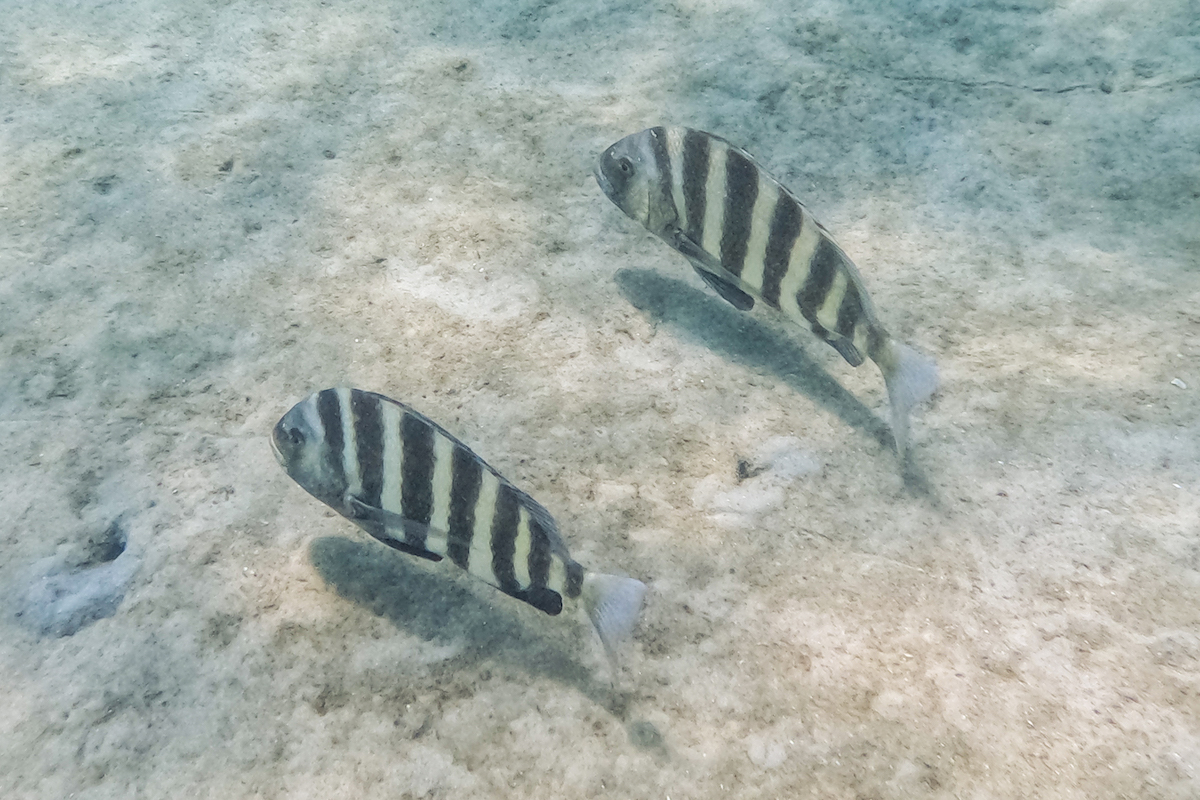
Diving the Trail
This is a popular spot for diving as well since it’s a shallow dive site with several different reef areas to explore. You must have a dive flag with you and you aren’t allowed in the swimming area. There are designated entry and exit points on either side of the beach.
As a diver, you can explore the snorkel trail, the west bridge and the east bridge which typically have more marine life. You can either rent your own equipment to explore on your own or go with a tour from any of the local dive shops.
Best Time to Go
The best time to do the Blue Heron Bridge snorkel trail at Phil Foster Park is right before and right after high tide. That’s when you’ll have the best water conditions, visibility and marine life. You’ll want to make sure and check the tide charts before you go to find out the time frame. Low tide will have strong currents and low visibility, so it isn’t advised to go during that time.
Do you need a dive flag at Blue Heron Bridge? If you’re diving, absolutely. Florida law requires divers AND snorkelers to display a dive flag while in the water. But there’s some debate on whether you need one as a snorkeler since this is a designated snorkeling spot which is also right next to the designated swimming area.
Florida statutes say, “(2) All divers must prominently display a divers-down flag in the area in which the diving occurs, other than when diving in an area customarily used for swimming only.”
*When they mention divers, that includes snorkelers.
As a diver, you’ll be going outside of the swimming and snorkeling area to enter and exit and technically, you’ll also be outside of the designated swimming area on the snorkeling trail. But since the snorkeling trail is marked off with exclusion buoys, it’s assumed it’s for swimming only also.
The snorkeling trail can get close to the exclusion buoys and there were many vessels right on the other side of them, so it’s smart of have one out there with you. We had a dive flag, but didn’t end up using it due to the sheer amount of other dive flags already in the water. We were within 10 feet of a dive flag nearly the whole time. Even after asking a dive shop, the answer was still a little murky–but it’s best to have one with you.
What to Bring
- Mask + Snorkel – We had our own that we brought.
- Fins – If you don’t have fins, you can rent them from a dive shop for about $10.
- Dive Flag – Can also be rented from a dive shop for about $10, or you can buy a dive flag online
- Towel – Lightweight, quick-dry towels are great to throw in the car
- Sunscreen – this one is reef safe.
PIN IT FOR LATER


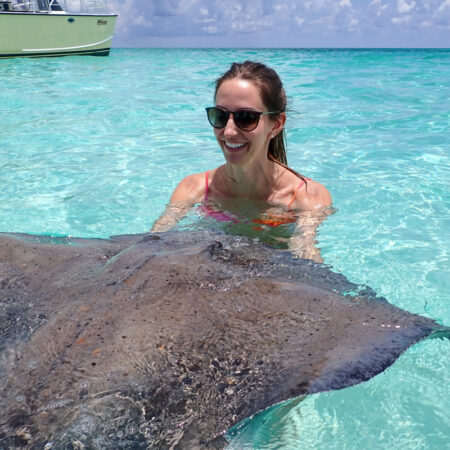

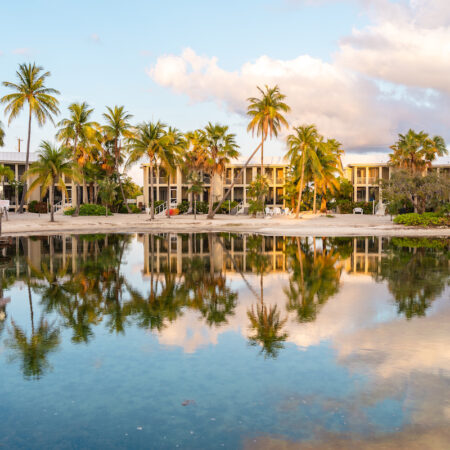
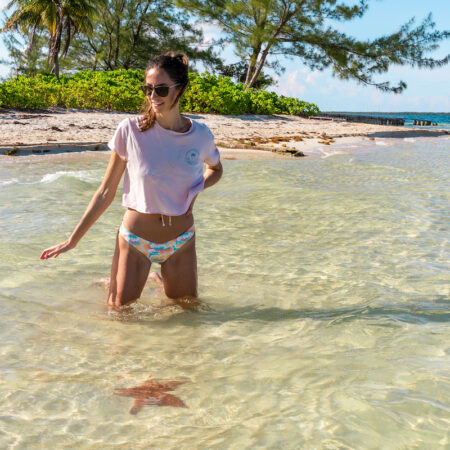

Leave a Reply